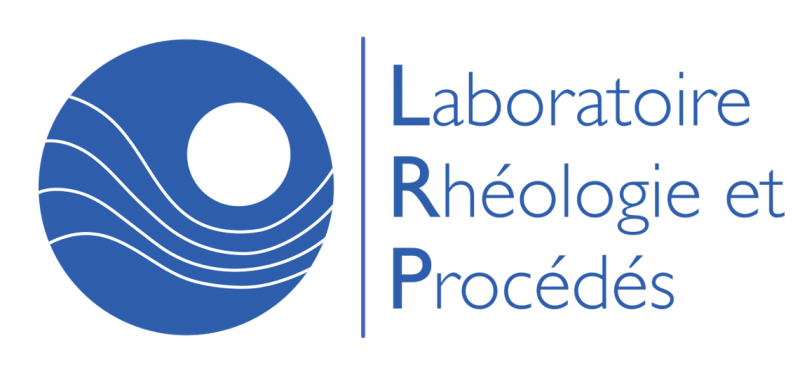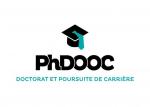Contribution of Ionic Interactions to Mucus Elasticity
| ABG-133715 | Master internship | 5 months | 670€ |
| 2025-10-07 |

- Physics
Employer organisation
This internship is part of a larger project on the origins of mucus elasticity in obstructive lung diseases. It will take place at the Laboratoire Rhéologie et Procédés in Université Grenoble Alpes, within a multidisciplinary team specialized in the study of complex soft and biological materials.
Description
Context
Pulmonary mucus is a complex biological gel essential for airway protection. In some lung diseases such as cystic fibrosis, asthma, or COPD, mucus often exhibits abnormal elasticity that hinders clearance and contributes to airway obstruction. Disulfide bonds between mucins are consider to play a role in structuring the network, there is other types of interactions may also strongly influence the mechanical response of the gel.
Understanding these contributions is important both for fundamental biophysics and for identifying the origin of the high elastic properties in cause of diseases.
Internship Description
This project will investigate how ionic interactions mediated by calcium ions influence the viscoelastic properties of mucus. Calcium is known to bind to negatively charged sites on mucin chains, potentially forming reversible ionic crosslinks. However, the extent to which these interactions contribute to mucus elasticity remains poorly quantified.
Traditional macrorheology requires large sample volumes, which is a challenge since only few microliters of mucus can be collected from patients. To overcome this limitation, we will use microrheology, a technique that provides local, time resolved, and rapid measurements on microscopic length scales. It tracks the Brownian motion of embedded tracer particles using fast confocal microscopy. From these trajectories, the mean square displacement is computed, and the viscoelastic properties of the medium are derived via the Generalized Stokes–Einstein Relation.
The objective of this project is to understand how calcium modulates the rheological and structural properties of mucus. Experiments will be performed on both controlled calcium-based gel models and on native mucus samples collected from patients.\
The results will also help to understand how additional components present in mucus, such as calcium-binding proteins, keratins, or trefoil factors like TFF3 modulate these ionic links and contribute to mucus network assembly.
Profile
- Master 2 student in physics, chemistry, biophysics, materials science, or related fields.
- Interest in experimental research and complex biological systems.
- Autonomy, rigor, and ability to work in a team.
- Background knowledge in soft matter, polymers, or rheology would be appreciated.
Starting date
Vous avez déjà un compte ?
Nouvel utilisateur ?
Get ABG’s monthly newsletters including news, job offers, grants & fellowships and a selection of relevant events…
Discover our members
 Institut Sup'biotech de Paris
Institut Sup'biotech de Paris  MabDesign
MabDesign  SUEZ
SUEZ  Groupe AFNOR - Association française de normalisation
Groupe AFNOR - Association française de normalisation  Laboratoire National de Métrologie et d'Essais - LNE
Laboratoire National de Métrologie et d'Essais - LNE  CESI
CESI  Tecknowmetrix
Tecknowmetrix  Nokia Bell Labs France
Nokia Bell Labs France  ASNR - Autorité de sûreté nucléaire et de radioprotection - Siège
ASNR - Autorité de sûreté nucléaire et de radioprotection - Siège  CASDEN
CASDEN  Généthon
Généthon  Aérocentre, Pôle d'excellence régional
Aérocentre, Pôle d'excellence régional  ANRT
ANRT  MabDesign
MabDesign  ONERA - The French Aerospace Lab
ONERA - The French Aerospace Lab  TotalEnergies
TotalEnergies  PhDOOC
PhDOOC  ADEME
ADEME  Ifremer
Ifremer
